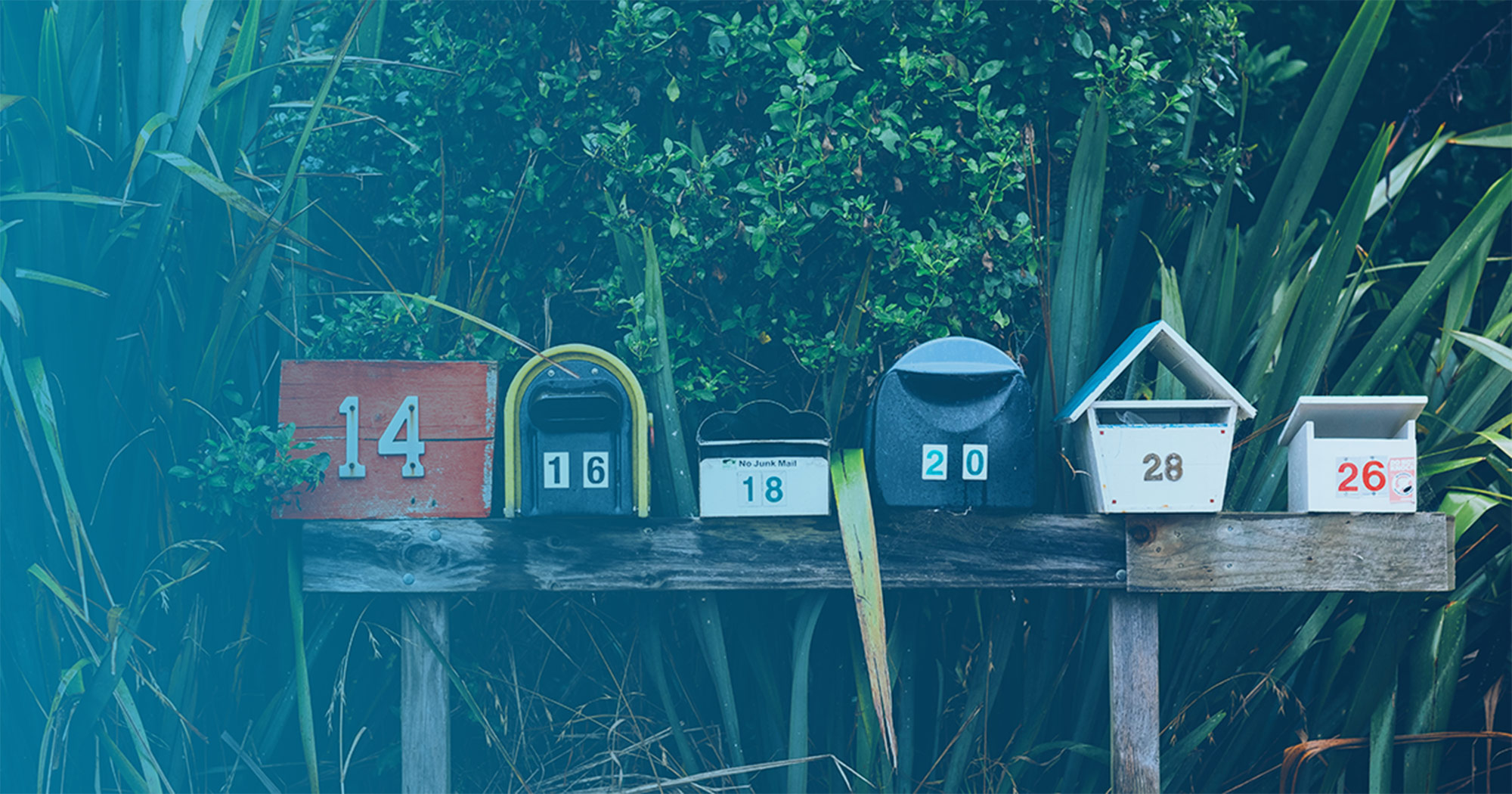Your Invitation to the Inbox: Six Newsletter Best Practices for Marketers

Posted By Gary Hotze on August 18, 2020
Newsletters are having a moment. These (relatively) simple content aggregators were once the darling of the publishing industry before falling out of favor and style. But as email’s lead-generation prowess has grown (78% of marketers have seen email engagement increase over the last year), this tried-and-true format is back and bigger than ever.
Newsletters provide a chance to humanize your brand and form meaningful connections with the people who engage with your mailings. As a marketing tool, they’re a direct ticket into subscribers’ inboxes — giving you daily, weekly, or monthly opportunities to entertain, teach, delight, and connect with your audience. As avid readers of some of the most successful and popular mailings — theSkimm, Morning Brew, NPR’s Pop Culture Happy Hour, Fortune’s Term Sheet (to name a few) — and creators of our own weekly digital marketing newsletter, we’ve collected a few best practices.
Go Forth With Purpose
First and foremost, your newsletter should serve your audience, and its intent (e.g., to educate, update, entertain, or share content) needs to be clear and consistent to both current and potential readers. And that purpose should work hand in hand with your internal goals (e.g., increase leads, drive traffic, or convert customers). Outlining SMART (specific, measurable, attainable, relevant, and time-bound) goals will help inform your content, distribution, and promotion strategies as your newsletter grows.
T1 Tip: Revisit your goals on a regular basis (quarterly, biannually). Your newsletter can serve different purposes at different times, depending on both your business and your audience’s needs.
Pay Attention to Your Metrics
It’s easy to click “send” and forget about your newsletter ... until it’s time for the next mailing. But the most important part of your newsletter campaign is what comes after it’s out of your hands and (hopefully) delivered to your readers’ inboxes. Keeping a close eye on your data is the only way to truly measure how much of an impact your emails are making.
If you aren’t sure which data points to track first, start with delivery rates. Ideally, your newsletter will be delivered to each and every person on your send list — discrepancies may mean your newsletter is being blocked by an email client or other deliverability issues. When you’re ready to expand your measurement scope, add monitor metrics like open rates, click-throughs, and time spent reading to track how your audience is really engaging.
T1 Tip: Unengaged contacts? Keep your email list healthy and your audience happy with a re-engagement campaign to ensure your subscribers are still interested in receiving your content.
Take Advantage of A/B Testing
A/B testing, which allows you to test two slightly different versions of your newsletter, can give you further insights into what clicks with your audience. If you’re not familiar with the A/B testing method, the key is to only have one variance between versions (e.g., a different subject line, a changed send time, or varying CTA copy). By isolating a single element, you can see how it affects the subscriber behavior. Just remember, when you perform any kind of test on your newsletter, give it time. It can be tough to measure results or see changes after one mailing.
Make Your Subject Line Shine
The subject line is your first (and only) chance to make a strong first impression. If it doesn’t inspire a click through, that email will soon find its way to the trash folder. Subject lines should be actionable, personable, and create a curiosity gap. Start off on the right foot with your readers with these general guidelines:
- Avoid the passive voice and use strong verbs
- Implement personalization tokens when you can (and when they make sense)
- Don’t give too much away about the contents of your email
- Don’t mislead your subscribers — your subject line should align with what’s in the email
T1 Tip: Not sure where to begin with your subject line? Pull an interesting stat or bit of text from the copy of your newsletter. Just remember to keep it short!
Have a Mobile-First Mentality
In 2019, 46% of all email opens happened on mobile, so chances are most of your readers will view your newsletter on their cell phones. Keep it clean and simple, don’t overload its design with images, and break up text. You want your email to be quick to load and easy to scroll, while still looking beautiful.
T1 Tip: Various email clients will display your email differently. If you can, make sure to test continuity and preview your mailing in several clients, like Gmail on iPhone and Android, Apple Mail, Outlook, Microsoft Office, etc.
Engage With Your Audience
When someone subscribes to your newsletter, they’re giving your brand an invitation into their inbox on a regular basis — don’t waste it! Create conversations with your subscribers by providing them opportunities to engage further.
That could be as simple as asking for feedback or as creative as an exclusive hashtag-driven competition for subscribers to share on social media. Whatever you do, don’t forget that email doesn’t have to just be one-way communication.
At Tier One, we regularly test, adapt, and update our own agency newsletter The Spark in pursuit of developing a strong marketing resource for our audience. Since its launch, it has undergone many changes. Through all of these updates, we’ve learned a lot about what makes a newsletter great. By providing readers with interesting and useful content, you too can become a trusted resource in their inbox — and convert these subscribers into leads, customers, and powerful advocates for your brand.
For more digital marketing tips, trends, and tricks, sign up for The Spark and see how our newsletter best practices look in action.



